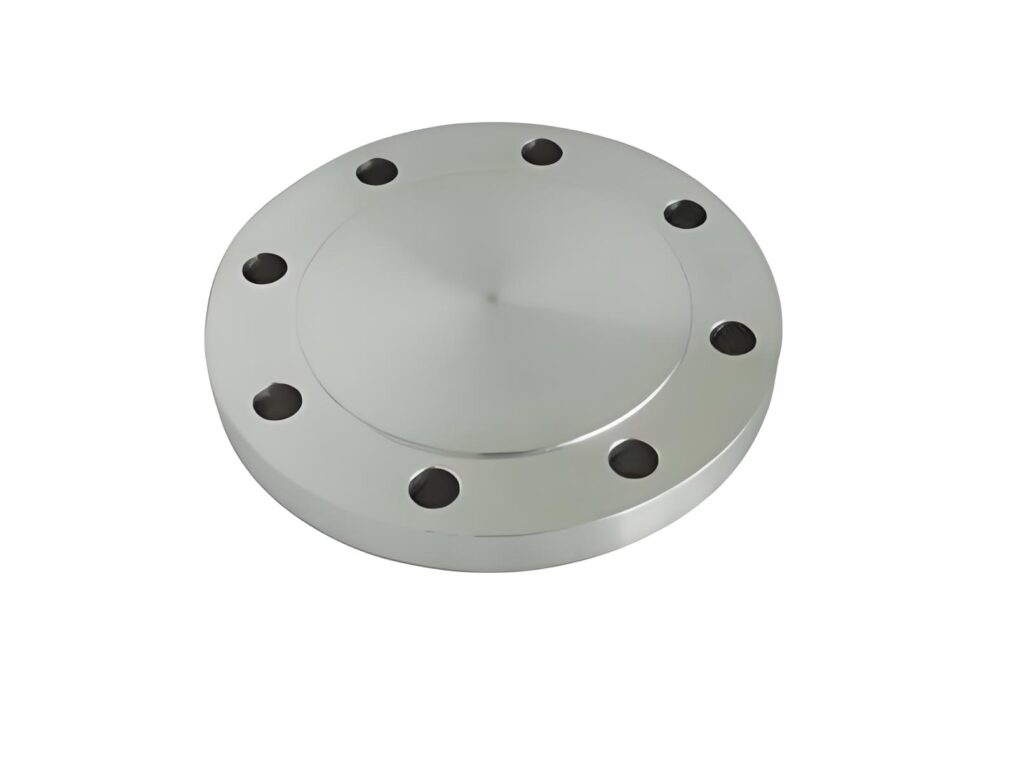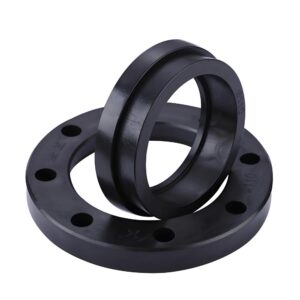In the world of piping and pressure systems, safety and reliability depend heavily on the right components. One such component is the blind flange, a widely used fitting designed to close off the ends of pipes, valves, or pressure vessels. Engineers and operators across industries rely on this simple yet highly effective part to control flow, conduct testing, and ensure long-term durability of their systems.
This article takes a closer look at blind flanges—what they are, how they are applied, their benefits and drawbacks, and practical advice for choosing, installing, and maintaining them.
What is a Blind Flange?
A blind flange, sometimes called a flange cover or pipe end flange, is a round plate with no central bore. Unlike slip-on or weld neck flanges, it is designed solely to block off a pipe or nozzle opening. Blind flanges can be bolted to a matching flange or welded directly to the pipe.

They are manufactured in different pressure ratings and sizes, following international standards such as ASME B16.5, DIN, EN, and JIS, ensuring compatibility in global projects. Common materials include carbon steel, stainless steel, and alloy steels, selected based on pressure, temperature, and corrosion resistance requirements.
In short, the blind flange acts as:
- A secure seal to stop fluid or gas flow.
- An access point that can be unbolted when future expansion, cleaning, or inspection is needed.
Application of Blind Flange
Because of their versatility, blind flanges are used in almost every industry that involves piping and pressurized systems.
Oil and Gas
Blind flanges are essential in both upstream and downstream operations. They allow sections of offshore pipelines or refinery units to be isolated, making inspections or modifications possible without shutting down the entire network.
Petrochemical and Chemical Processing
Chemical plants often deal with aggressive substances under extreme pressure. Blind flanges provide a safe and reliable way to seal off lines temporarily for cleaning, maintenance, or process adjustments.
Water and Wastewater Treatment
Municipal and industrial water treatment plants rely on blind flanges to stop flow in pipelines during equipment replacement or repair. Their reusability makes them especially cost-effective in these applications.
Power Generation
From boilers to cooling systems, power plants make frequent use of blind flanges to close off unused connections. This ensures safety during shutdowns and helps maintain system efficiency.
Shipbuilding and Marine Engineering
Ships have complex fuel, ballast, and cooling systems. Blind flanges serve as dependable closures that can withstand seawater exposure and the vibration of marine operations.
Advantages and Limitations of Blind Flange
Key Advantages
- Excellent sealing – Blind flanges prevent leaks during pressure testing and system shutdowns.
- Ease of access – Unlike welded closures, they can be removed quickly for maintenance or expansion.
- High durability – When made from quality materials, blind flanges withstand high pressure and temperature cycles.
- Wide compatibility – They can be paired with different flange types across global piping standards.
Limitations
- Weight and handling – Large blind flanges can be heavy, requiring cranes or lifting tools.
- Cost factors – Higher-grade alloys or large diameters can increase project costs.
- Space requirement – Proper clearance around the pipe is needed for bolting and unbolting.
How to Select the Appropriate Blind Flange?
Choosing the right blind flange ensures long-term safety and efficiency. Here are the main considerations:
- Material choice – Stainless steel is preferred for corrosive environments, while carbon steel is suitable for standard service.
- Pressure class – Always match the flange class (e.g., 150, 300, 600) to the system’s maximum operating pressure.
- Size and dimension standards – Confirm compliance with ASME, DIN, or JIS standards for interchangeability.
- Temperature limits – Select materials capable of handling high or fluctuating temperatures.
- Protective coatings – Galvanized or epoxy-coated blind flanges extend service life in harsh environments.
By balancing these factors, engineers can avoid costly downtime and ensure a secure, leak-free system.
Installation and Maintenance Recommendations
Proper installation and ongoing care are vital to keep blind flanges working effectively.
Installation Best Practices
- Ensure proper alignment between mating flanges.
- Select gaskets compatible with system media and pressure.
- Tighten bolts using a cross/star pattern to distribute stress evenly.
- Apply the recommended torque values with calibrated tools.
Maintenance Tips
- Conduct regular inspections for corrosion, gasket wear, or bolt loosening.
- Replace gaskets and bolts at the first signs of deterioration.
- Keep sealing faces clean and smooth to prevent leaks.
- Store unused blind flanges in dry, protected conditions to avoid rusting.
These practices not only improve sealing performance but also extend the overall lifespan of the piping system.
Partner with Precionn for Top-Quality Blind Flanges
Blind flanges may look simple, but they are indispensable in industries where safety, reliability, and flexibility are top priorities. From oil refineries to water treatment plants, they provide a secure closure for pipelines while allowing easy future access. By selecting the right materials, pressure ratings, and installation practices, businesses can reduce risks and ensure long-lasting performance.
At Precionn, precision engineering and machining expertise come together to deliver high-quality flange solutions that meet international standards. With a commitment to reliability and customer satisfaction, Precionn supports clients worldwide with durable blind flanges and other critical components for industrial piping systems.




